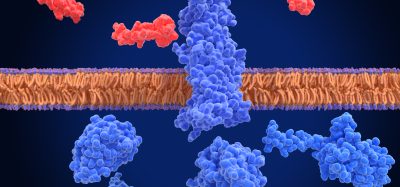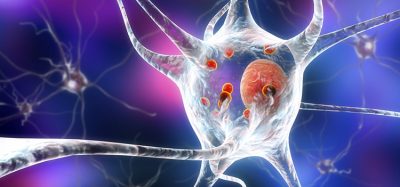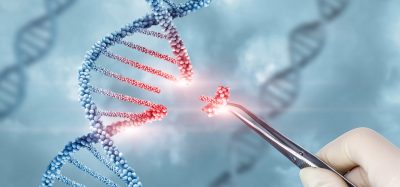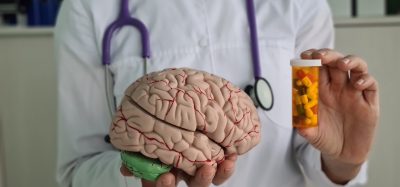Revealed autophagy mechanism is potential dementia target
Posted: 21 August 2019 | Victoria Rees (Drug Target Review) | No comments yet
A study has discovered the regulating process behind cell autophagy which could aid in the development of neurodegenerative disease treatments.
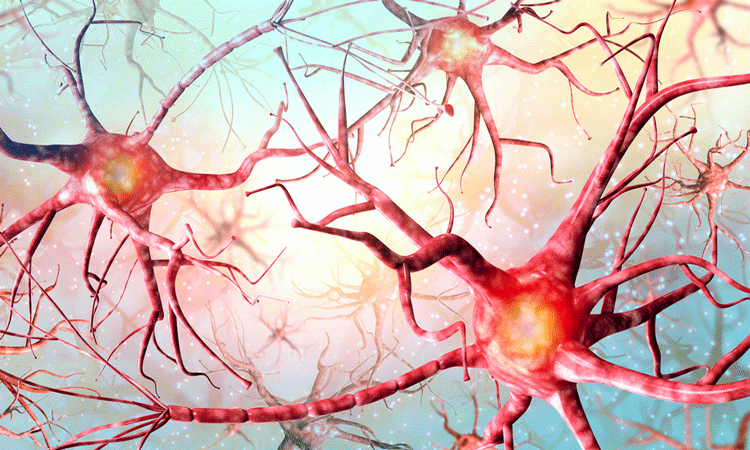

New research has revealed key mechanisms behind the autophagy process, which when fails, can lead to dementia and Huntington’s Disease. According to the researchers, their findings could provide the first steps towards new treatments for neurodegenerative diseases.
The autophagy process happens when cells ‘eat’ themselves, also leading to the destruction of bacteria and viruses after infection. Previous studies have shown that it is controlled by a protein called p62. This protein first binds a number of identical molecules together and then separates the molecules within cell fluid. This is known as liquid-liquid phase separation (LLPS).
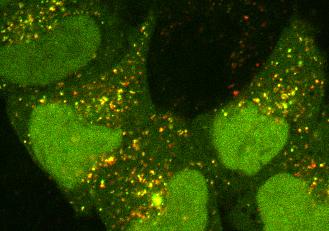

Pictured is the autophagy system in cells. Green and yellow dots: autophagosomes; red dots: autophagosomes fused with lysosomes (credit: University of Plymouth).
The new study conducted by the University of Plymouth, UK, discovered that p62 LLPS is regulated in cells by another protein called DAXX.
The team say that their next step is to clarify how the protein interaction with the DAXX function is relevant to neurodegenerative conditions and whether targeting it will prevent disease progression.
“By understanding more about autophagy and the details of the processes involved, we can identify what might be going wrong and therefore where to target when it comes to tackling neurodegenerative diseases. This research is a major step in helping us to do that,” said Dr Shouqing Luo, the lead researcher.
The results were published in Nature Communications.
Related topics
Drug Targets, Neurons, Neurosciences, Research & Development
Related conditions
Dementia, Huntington's disease
Related organisations
Nature Communications, University of Plymouth
Related people
Dr Shouqing Luo




